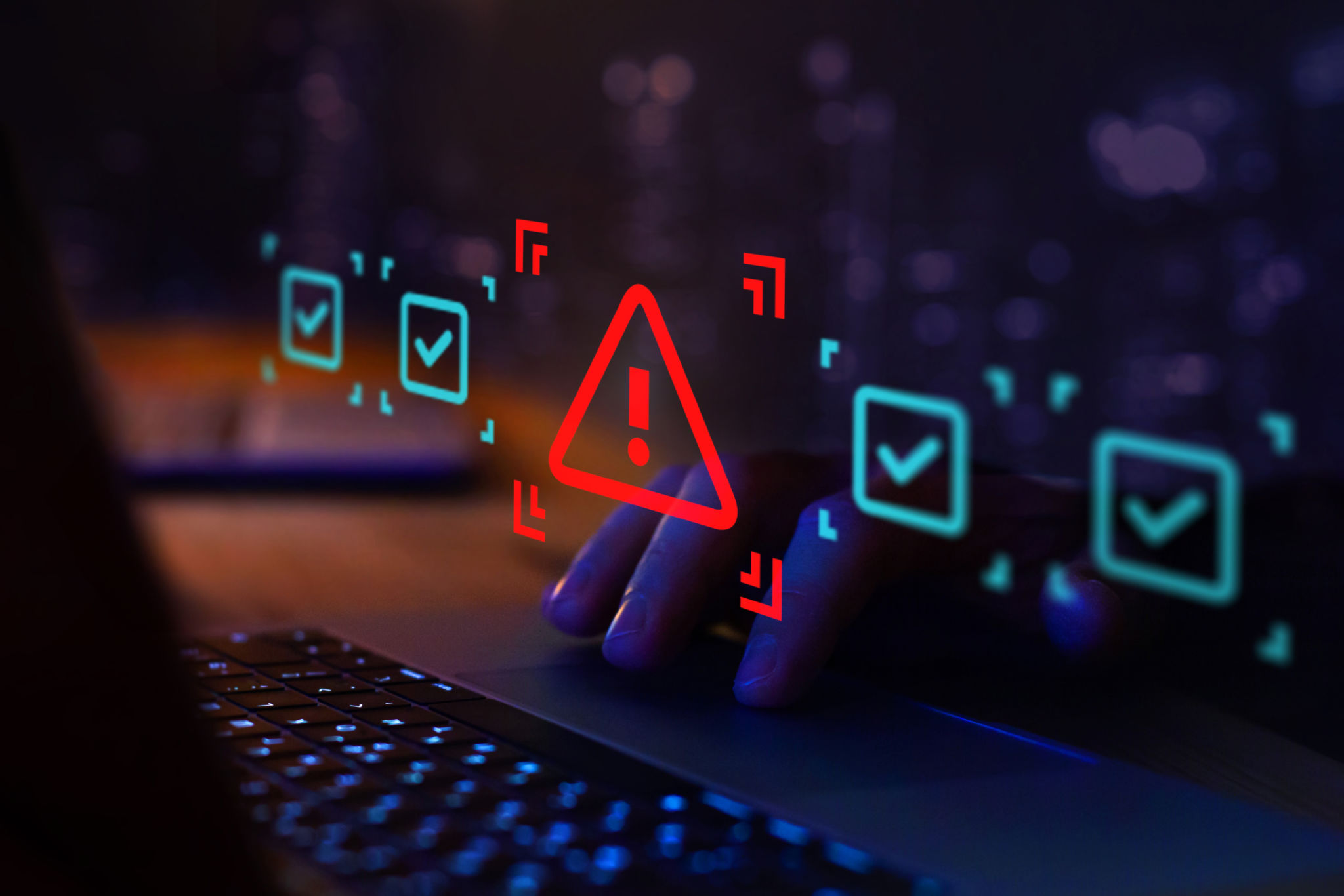Preparing for SOC 2 Certification: A Step-by-Step Guide for Small Businesses
Understanding SOC 2 Certification
In today's digital landscape, ensuring the security and privacy of customer data is crucial for any business. For small businesses looking to build trust with clients, obtaining a SOC 2 certification can be a significant step. SOC 2, or System and Organization Controls 2, is a framework that outlines how companies should manage customer data based on five trust service principles: security, availability, processing integrity, confidentiality, and privacy.

Why SOC 2 Matters for Small Businesses
Small businesses often face the challenge of proving their commitment to data security without the extensive resources larger companies can leverage. SOC 2 certification offers a standardized method for demonstrating this commitment. By achieving certification, small businesses can not only enhance their reputation but also gain a competitive edge in the marketplace. Clients are more likely to trust businesses that have proven their dedication to safeguarding sensitive information.
Preparing for SOC 2 Certification
The journey to SOC 2 certification can seem daunting, but breaking it down into manageable steps can simplify the process. The first step is to understand the specific requirements of the SOC 2 framework and how they apply to your business operations. This involves assessing your current data handling practices and identifying areas that need improvement or restructuring.

Conducting a Readiness Assessment
A readiness assessment is a crucial part of the preparation process. It helps identify gaps in your current systems and processes related to the SOC 2 criteria. Consider engaging with a third-party consultant who specializes in SOC 2 preparations to conduct this assessment. They can provide an unbiased evaluation and recommend actionable steps to address any deficiencies.
Implementing Necessary Controls
Once you've identified areas for improvement, the next step is to implement the necessary controls. This may include updating your IT infrastructure, enhancing employee training on data protection, or revising policies related to data handling. Documentation is key during this phase; ensure that all processes and controls are thoroughly documented to provide evidence of compliance during the audit.

The Audit Process
After implementing and documenting the required controls, it's time for the audit. Engaging with an accredited CPA firm to conduct the SOC 2 audit is essential. The auditors will evaluate your systems against the SOC 2 criteria and prepare a report detailing their findings. Be prepared to provide comprehensive evidence and documentation during this phase to facilitate a smooth audit process.
Maintaining Compliance
SOC 2 certification is not a one-time achievement but an ongoing commitment. Once certified, it's important to maintain compliance with SOC 2 standards by regularly reviewing and updating your controls and processes. Continuous monitoring and regular internal audits can help ensure that your business remains compliant and ready for recertification when necessary.

By following these steps and staying committed to data protection best practices, small businesses can successfully achieve SOC 2 certification and demonstrate their dedication to maintaining high standards of security and privacy. This not only builds trust with clients but also positions your business as a responsible and reliable partner in today's competitive market.
